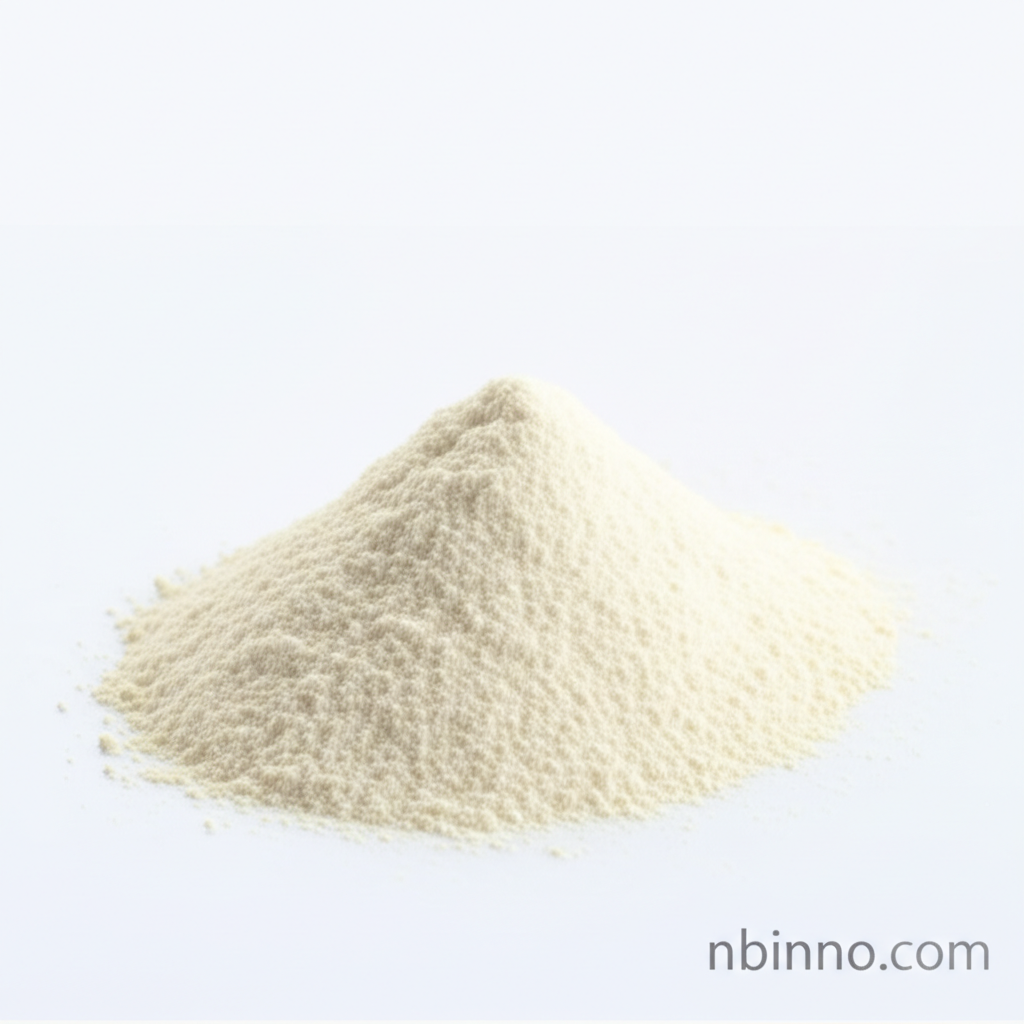Carob Gum: A Natural Galactomannan for Diverse Applications
Discover the thickening, gelling, and stabilizing power of CAS 9000-40-2 for your food, pharmaceutical, and industrial needs.
Get a Quote & SampleProduct Core Value

Carob Gum
Carob gum, also known as locust bean gum, is a highly versatile galactomannan polysaccharide extracted from the seeds of the carob tree (Ceratonia siliqua). It is widely recognized for its excellent thickening, gelling, and stabilizing properties, making it an indispensable ingredient across various sectors.
- Explore the diverse carob gum uses in food products, from enhancing texture in dairy desserts to stabilizing sauces and fruit preparations.
- Understand the locust bean gum applications within the pharmaceutical industry, particularly as a reliable excipient and in advanced controlled-release drug delivery systems.
- Learn how this potent galactomannan thickener can provide high viscosity even at low concentrations, improving the mouthfeel and stability of numerous formulations.
- Investigate the benefits of carob bean gum food industry integration, offering a natural, high-fiber ingredient that meets growing consumer demand for healthier options.
Key Advantages
Versatile Functionality
As a natural hydrocolloid, carob gum provides exceptional thickening and gelling capabilities, improving product consistency and shelf life in various food and pharmaceutical applications.
Synergistic Interactions
Carob gum exhibits powerful synergistic effects when combined with other hydrocolloids like xanthan gum and carrageenan, enabling the creation of unique gel structures and textures.
Natural and Healthy
Derived from carob tree seeds, it's a source of dietary fiber and is GRAS (Generally Recognized as Safe) listed, aligning with consumer preferences for natural and healthy ingredients.
Key Applications
Food Industry
Used extensively as a thickener, stabilizer, and gelling agent in ice cream, dairy products, bakery fillings, sauces, dressings, and soups, contributing to improved texture and stability.
Pharmaceuticals
Serves as a crucial pharmaceutical excipient, acting as a binder, disintegrant, and controlled-release agent in tablet formulations and oral drug delivery systems.
Cosmetics and Personal Care
Its thickening and emulsifying properties make it valuable in cosmetic formulations like lotions, creams, and serums to enhance texture and stability.
Textiles and Industrial Uses
Applied in the textile industry for thickening printing pastes and in other industrial applications where its viscosity and binding properties are advantageous.
